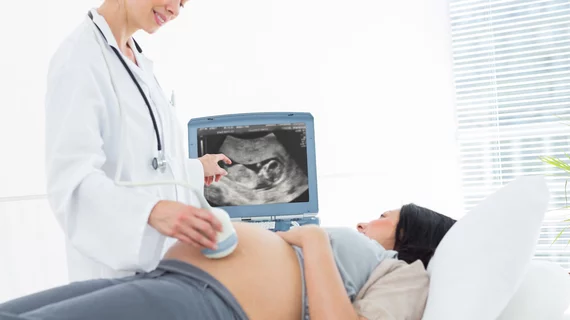California’s maternal safety measures save lives—so why aren't other states following suit?
California’s maternal death rates been halved as pregnancy-related deaths increase in the U.S. Safety experts and hospitals in California have worked together to implement improved practices. So why haven't other states done the same? A USA Today investigation looks for an answer.
“Our medicine is run by cowboys today, where everyone is riding the range doing whatever they’re wanting to do,” Steven Clark, MD, a childbirth safety expert and professor at Baylor College of Medicine, told USA Today. “While there are hospitals that follow best safety practices, change is happening slowly. It’s a failure at all levels, at national organization levels and at the local hospital leadership levels as well.”
The Joint Commission mandates the tracking of cesarean rates but does not require hospitals report how often providers fail to follow national guidelines for protecting mothers against childbirth dangers.
Though the Commission believes safety practices to protect mothers from hemorrhages are improving, questions remain about the protocols for dangerous hypertension treatment.
To read the story, click the link below:

